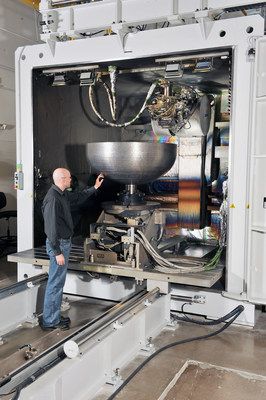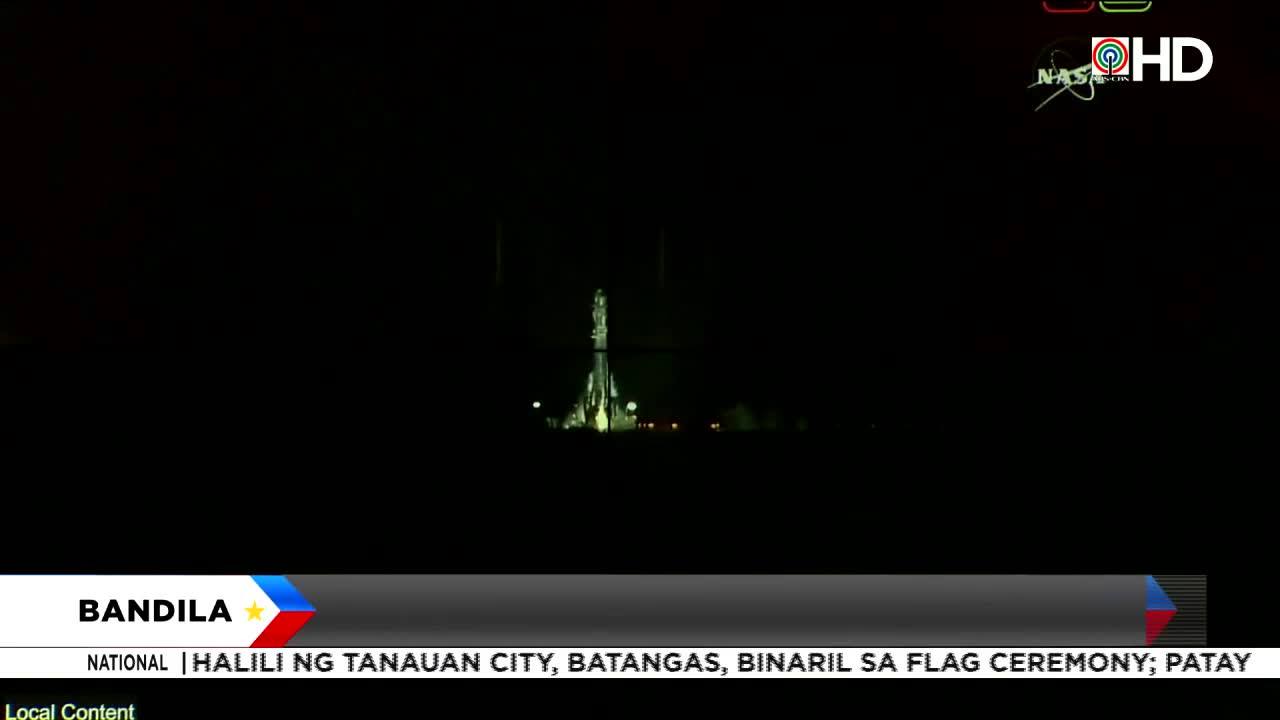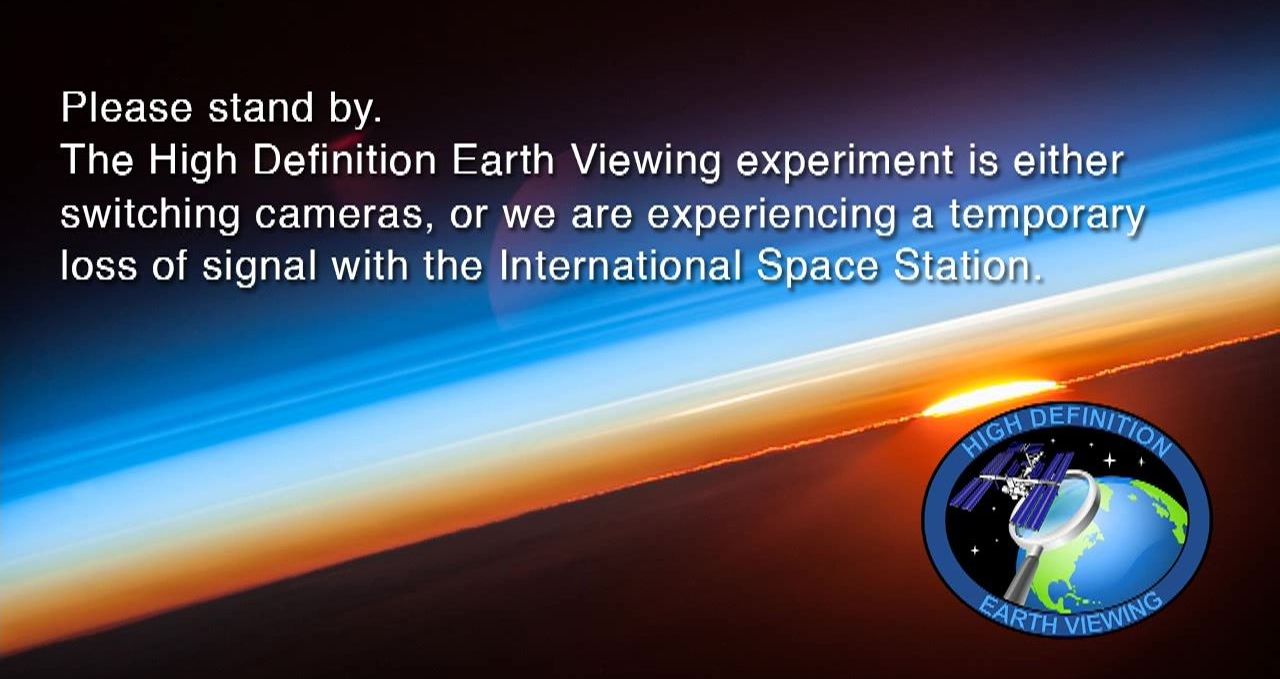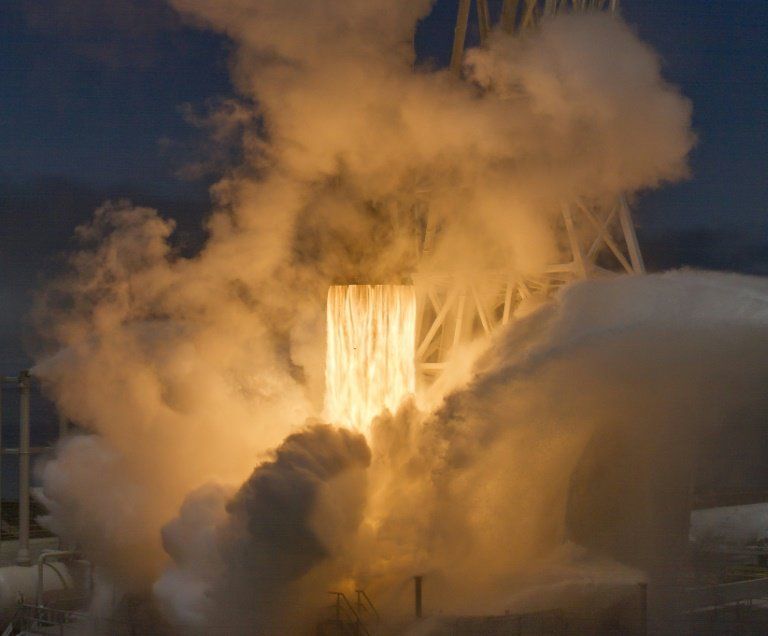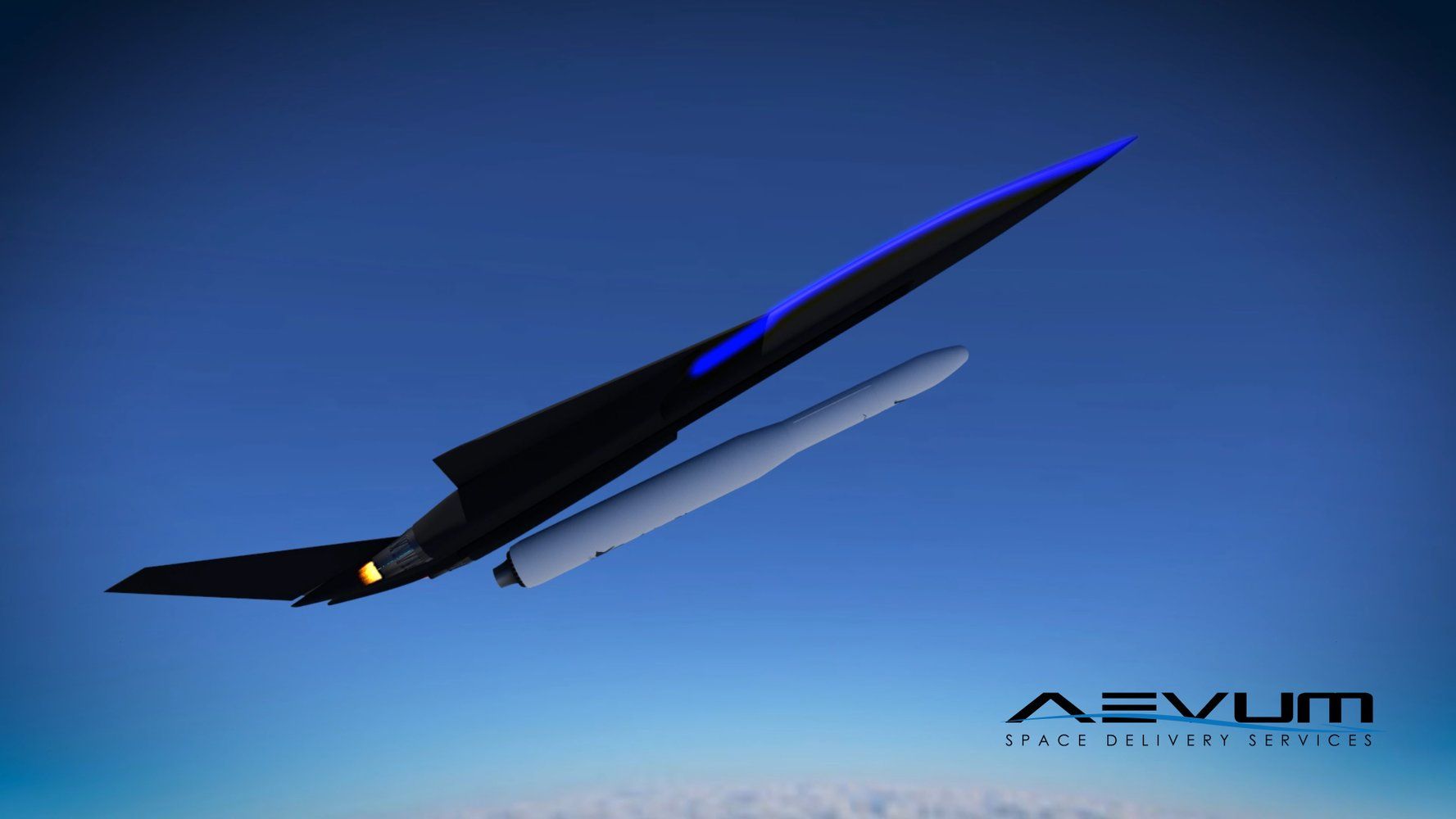Jul 13, 2018
Satellite startups turn to reinventing broadband, mapping and other industries
Posted by Klaus Baldauf in categories: computing, mapping, mobile phones, satellites
Smartphones have disrupted transportation, payments and communication. But the underlying technology has tangentially changed a completely different sector: satellites.
The advances made in miniaturizing technologies that put a computer in your pocket — cameras, batteries, processors, radio antennas — have also made it easier and cheaper for entrepreneurs to launch matter into space. And investors are taking notice.
The chart below shows worldwide venture and PE investment in satellite technology companies.
Continue reading “Satellite startups turn to reinventing broadband, mapping and other industries” »

